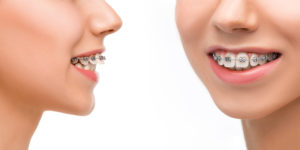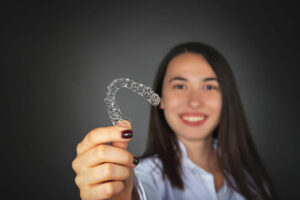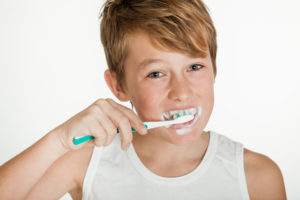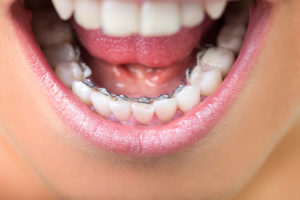How to clean Invisalign aligners
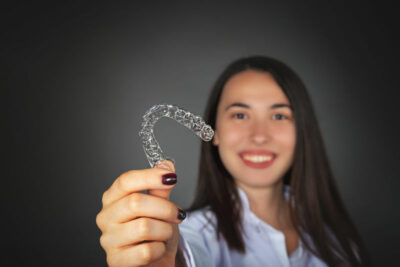 Have you just received your Invisalign? Then you’re only a few steps away from having a beautiful smile. Invisalign has been a popular alternative to metal braces as it is more discreet than traditional types. Moreover, you don’t have to wear these all the time, which means you’ll get to enjoy eating whatever food you prefer without worrying if it could affect the alignment, unlike braces. Learn how Invisalign can help with gaps in teeth and straighten your teeth.
Have you just received your Invisalign? Then you’re only a few steps away from having a beautiful smile. Invisalign has been a popular alternative to metal braces as it is more discreet than traditional types. Moreover, you don’t have to wear these all the time, which means you’ll get to enjoy eating whatever food you prefer without worrying if it could affect the alignment, unlike braces. Learn how Invisalign can help with gaps in teeth and straighten your teeth.
Keeping them clean is essential for it to work as intended. The problem with them is that they are prone to bacteria buildup. If you leave them dirty, it can negatively impact your oral and overall health, which negates the purpose of the treatment. You will need to clean them whenever you brush your teeth.
Learn more about our: Orthodontics
Suggested Daily Routine
Here’s what a typical day should look like when you have this treatment:
- Brush your teeth and clean your aligners when you wake up. You wear them when you sleep; therefore, bacteria could have accumulated during those hours. The first thing you need to do when you wake up is to get rid of these bacteria by brushing your teeth and cleaning the aligners. Don’t forget to rinse them only with cold water as hot water can warp or bend them out of shape.
- Rinse them whenever you remove them from your mouth. Rinsing washes away dried saliva and prevents bacteria buildup.
- Brush and floss before putting them back. You will need to remove them when you eat or drink. When you put them back, remember to brush your teeth first. If you don’t, the bacteria will thrive in your mouth, and the food particles can get trapped in it. Later on, it can cause cavities and tooth decay.
- Soak the trays every day. The best way to make sure it works is to soak it in cleaning crystals or denture cleaner. Do not dip it in hot water as it can damage the trays.
Proper Ways to Clean Your Invisalign
- Vinegar and Water – Use a part of distilled water and three parts of vinegar. Soak your aligners in the solution before you brush and rinse them. Rinse them thoroughly to avoid the sour taste from the vinegar.
- Soap Solution – Gentle, unscented soap works well to clean them. Mix the soap in lukewarm water until the suds develop. Soak it in the solution for 30 minutes. Brush and rinse thoroughly before putting it in your mouth.
- Baking Soda Solution – Mix one tablespoon of baking soda in 1/2 cup of water until it is in a consistent mixture. Place the trays in the solution for 1 hour then brush thoroughly until no residue remains.
- Hydrogen Peroxide Solution – Mix 1 part hydrogen peroxide in 1 part water then soaks the trays for 30 minutes. Brush and rinse the trays thoroughly before placing it back in your mouth.
- Retainer Cleaner – These come in tablet form that you need to dissolve in water. It is an effective cleaning solution for your trays as it can quickly get rid of bacteria and plaque. The disadvantage is that it is more expensive than the above options.
Meet Dr. Hardy, one of the best Orthodontist in the area.
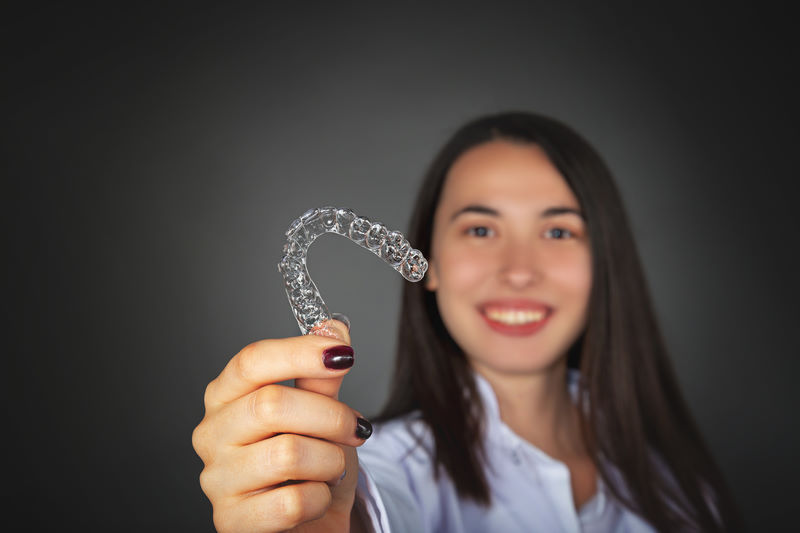

 The continuous advancements in the field of dentistry have enabled a lot of patients to acquire a beautiful set of pearly white teeth without the usual disadvantages of conventional metal braces. One of the advantages of Invisalign is its clear appearance with no metallic parts that would show on the teeth. Invisalign functions almost similarly like traditional braces except that its removable and completely invisible to the naked eye.
The continuous advancements in the field of dentistry have enabled a lot of patients to acquire a beautiful set of pearly white teeth without the usual disadvantages of conventional metal braces. One of the advantages of Invisalign is its clear appearance with no metallic parts that would show on the teeth. Invisalign functions almost similarly like traditional braces except that its removable and completely invisible to the naked eye.
